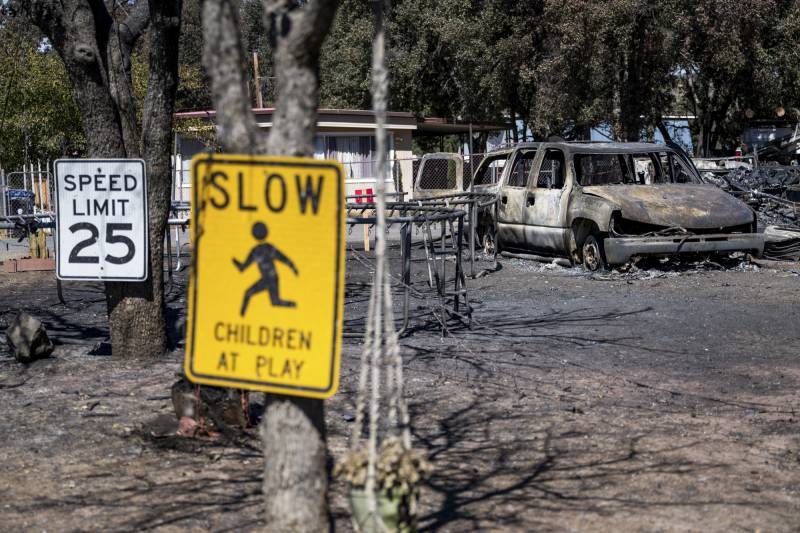California’s fire season has roared back to life in September after settling down somewhat during a cooler-than-average August, and forecasters warn that new powerful wildfires could still come before the winter rains.
In Lake County, the Boyles Fire exploded Sunday afternoon amid hot, dry conditions and quickly destroyed scores of homes. Firefighters have stopped its spread as crews continue to assess the damage, but the conditions that fueled the fire are being felt around the state, as grass and brush are kept critically dry and primed to burn.
Several powerful wildfires now burning out of control in Northern and Southern California, forcing thousands of people from their homes, closing schools and causing power outages.


